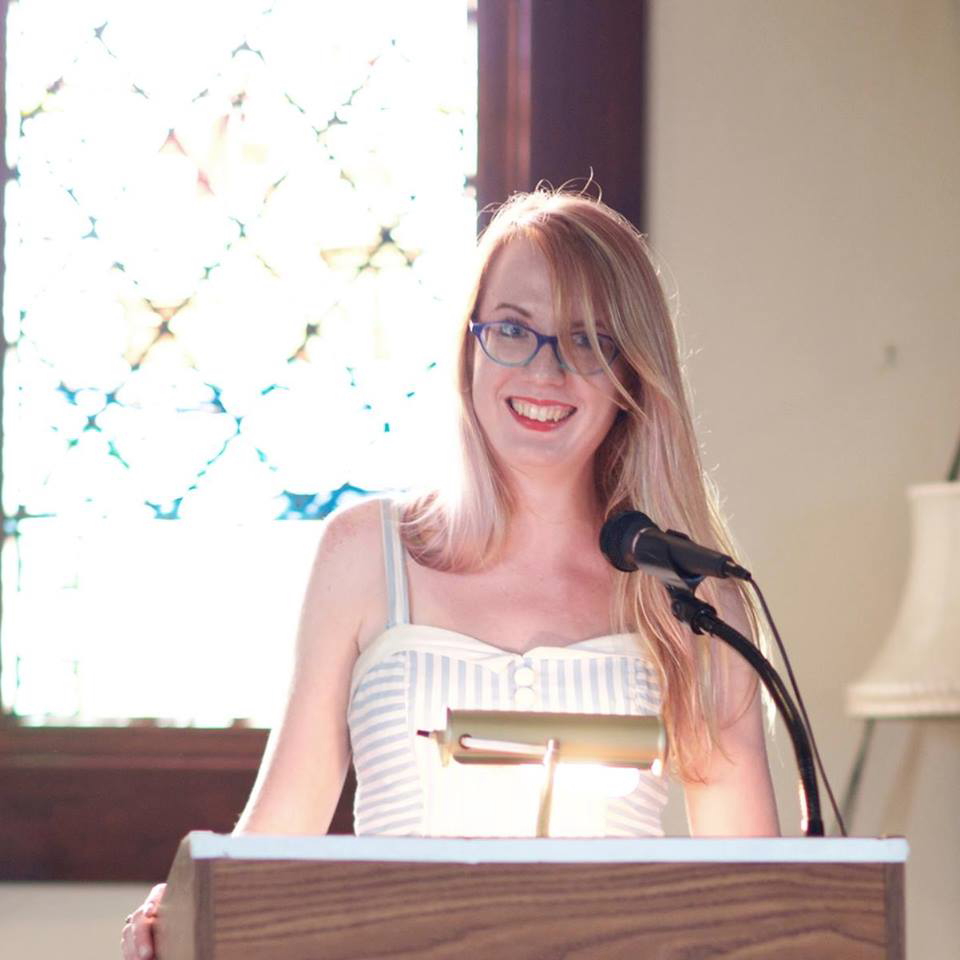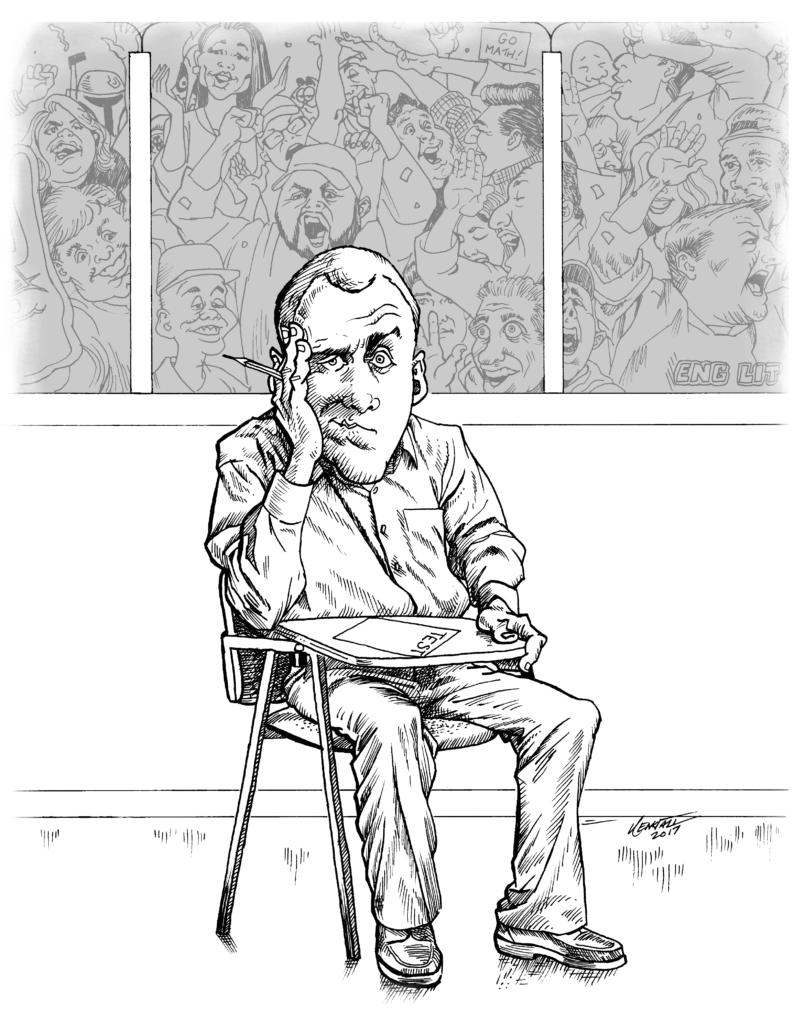Scott Hudson: “Keeping dogs and continuing the dog sledding tradition is a way of paying respect to our ancestors”
December 2023
Could you tell us about growing up and learning of the importance of dog teams through storytelling? What kind of stories, and who told them? I recall many nights sitting around our home in Black Tickle listening to my Mom recall her memories of the sled dogs of her youth in that very community. She explained in great detail that her responsibilities included mending harnesses and tending to the ‘dog pot’ that would be atop the woodstove of her childhood home. She would sit in her rocking chair knitting socks, occasionally looking up towards me, likely to check to see if I were paying attention. Telling these stories meant a great deal to her as I recall the love in her voice and the gleam of pride in her eyes as her hands never missed a beat knitting the socks that would likely be given to one of her children or grandchildren. She talked of her father’s lead dog, Drake, and how he lead the team home along with her father in many Labrador winter storms; storms that great he would lose sight of the dogs. He was such a valued dog he would be brought inside during winter blizzards in fear of losing him to the unforgiving Black Tickle storms. Drake would curl up under the kitchen table ‘out in the house’, my Mom would explain, and remain there until the storm would pass before joining the remainder of the team outside. I would listen to these stories in our house, that was very near where the house once stood where she lived these experiences, and now sharing with me. It was stories such as this that lead to my love and appreciation of my parents’ connection to the sled dog and all the culture that comes with it. It would be a love and appreciation that would grow and lead to me acquiring my own team – a team that would take me from Goose Bay, where I currently live, back to the door of the home where my love for the sled dog was instilled in me by parents that lived the culture during a time when the sled dog was essential to the survival of those living on the shores of Labrador.
When did you get your first sled dogs?
I obtained my own team at the age of 22.
I understand that bloodlines are very important in breeding dogs. Why are they important?
We believe in supporting and practicing the traditional ways, to ensure our history is maintained, celebrated and shared. Keeping dogs and continuing the dog sledding tradition is a way of paying respect to our ancestors who worked so hard to pass the culture down to us. As well as to the dogs themselves who toiled to aid in our very survival; we owe it to them. Northern Lights Dog Sledding acts as an outlet for us to share the passion for Labrador, dog sledding and the Inuit-Metis culture. The Inuit Sled dog of Labrador is an indigenous breed that dates back thousands of years all across Canada’s North.
Do you get visitors from all over the world – is there anything like a “typical” client? Do you notice trends in where they come from?
Many of our customers are from within Canada, however we have had customers in the last 12 years from throughout most countries. We have repeat customers from England and Germany.

Are there common misconceptions about the dogs?
People expect the dogs to be unfriendly; nothing could be further from the truth. We take great pride in the care and level of socialisation our dogs receive. Our dogs retire into pet homes and a couple have become service dogs.
Photos courtesy Northern Lights Dog Sledding. This interview has been lightly edited for clarity.



